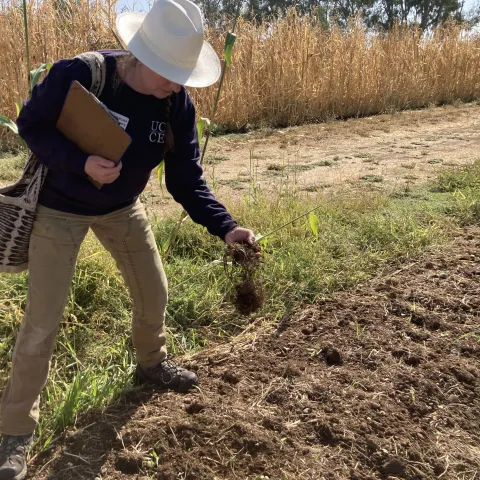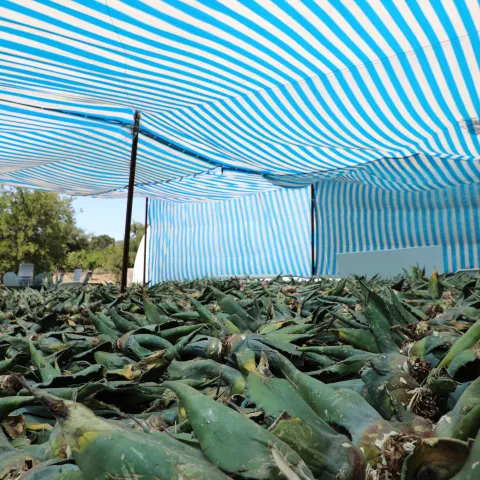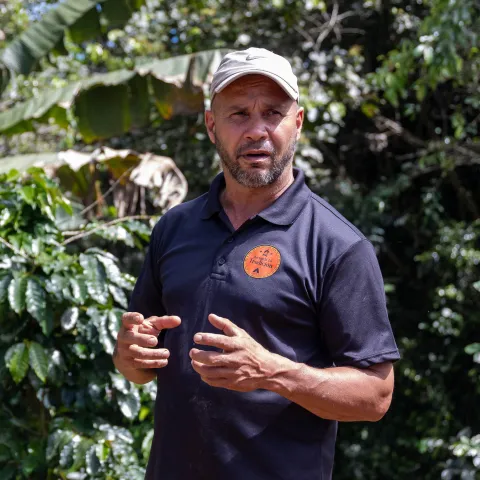UC Sustainable Agriculture Research and Education Program
UC ANR hires experts in small farms, groundwater, forestry, soil health, youth development
July 14, 2025
By Michael Hsu, Pamela S Kan-Rice
UC ANR shares prospects for sustainably farming the ‘agave rush’
July 9, 2025
By Caroline D Champlin
California agritourism can learn from small farms in Puerto Rico
April 16, 2025
By Kristen Farrar
Summit to showcase California agritourism best practices, May 14-15
April 11, 2025
By Michael Hsu
Statewide team to assist small farms with SGMA
April 2, 2025
By Ngodoo Atume, Kristen Farrar





